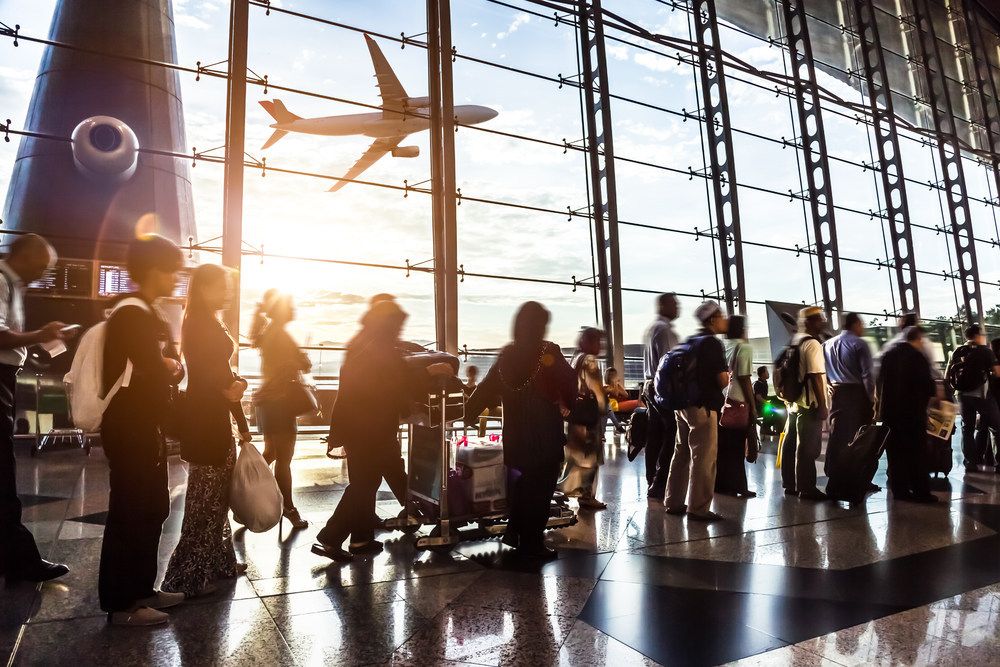According to new research from the U.S. Travel Association, Oxford Economics and Ipsos, more American workers left their vacation days on the table last year;768 million days, up 9% from 2017.
Of the unused days, 236 million were forfeited completely, equating to $65.5 billion in lost benefits. More than half (55%) of workers reported they did not use all their allotted time off.
While American workers are leaving more unused days on the table, they are also taking more days of paid time off; American workers took off an average of 17.2 days in 2017 and 17.4 days in 2018. Employment in the U.S. is strong and the workforce is increasing, and American workers are now earning more paid time off—23.9 days of paid time off in 2018 compared to 23.2 days in 2017. The number of unused days climbed 9% in 2018 because the number of earned days is increasing faster than paid time off days used.
The total number of unused days climbed 9% in 2018 because the number of earned days is increasing faster than paid time off days used. The number of paid time off days used has been slowly rising since 2014.
The latest study also discerned a broader economic cost. Over 80% of American workers say it is important to use their time off to travel, the report found, but they do not actually take the trip. If Americans used their time off to travel, the economic opportunity amounts to $151.5 billion in additional travel spending and two million American jobs.
Reasons such as cost, difficulty in getting away from work and air travel hassles were cited in the study as being top barriers to travel.
“When I see how many vacation days went unused, I don’t just see a number—I see 768 million missed opportunities to recharge, experience something new and connect with family and friends,” said U.S. Travel Association President and CEO Roger Dow. “However, it’s an unfortunate truth that cost is the top barrier to travel. Despite the financial challenges of traveling, there are affordable alternatives to explore America—whether it’s a drive up the coast or a day trip to a neighboring town.”
Consistent with previous U.S. Travel reports, the study shows that vacation “planners” use more of their time and take longer and more impactful vacations than “non-planners.” Nearly half (46%) of American households do not take the time to plan their vacations and lose out on a multitude of benefits:
- Planners used 12 paid time off days to travel on average, compared to five days used by non-planners.
- 23% of non-planners have not taken a vacation or trip in the last two years, compared to 4% of planners.
- Planners tend to be happier in general—with everything from their personal relationships, their health and well-being, to their job.
- While older Americans take more time off than younger age groups, millennials use a greater share of their vacation days to travel (63%).
- Often at the height of their careers, Gen Xers are the most likely generation to travel for vacation to avoid burnout (63%) compared to Millennials or Baby Boomers (both 55%).
Every January, the travel industry activates around National Plan for Vacation Day to encourage Americans to plan for their time off for the year. The next National Plan for Vacation Day is Tuesday, January 28, 2020.













